I cannot tell you how happy I am to be playing Yakuza: Like a Dragon on PC. Yes, okay, Yakuza 6: Song of Life and Judgment are excellent games. Nonetheless, I’m delighted to be back in the land of high framerates and low loading times for this fresh new entry into the long-running crime drama/absurdist comedy series.
“Fresh” barely covers it, really. A new protagonist and a new location are the bare minimum of the changes here. Yakuza: Like a Dragon is a JRPG through and through, while wearing Yakuza’s charm, writing, and minigames as a skin that it’s… peeled off its predecessor’s bodies? But, uh, one that looks good, and… not roughly stitched together by a serial killer in a basement? Let’s move on from this analogy. This is getting creepy.
So anyway! Before we go into how fresh it looks and how well it runs in this Yakuza: Like a Dragon technical review, we need to take a look at a wall of numbers. Here come the system specs!
System specifications
Minimum Specs
Processor: Intel Core i5-3470 / AMD FX-8350
Memory: 8 GB RAM
Graphics card: 2 GB NVIDIA GeForce GTX 660 / AMD Radeon HD 7870
Recommended Specs
Processor: Intel Core i7-6700 / AMD Ryzen 5 1400
Memory: 8 GB RAM
Graphics card: 3 GB NVIDIA GeForce GTX 1060 / 4GB AMD Radeon RX 580
Reviewer’s Specs
Processor: AMD Ryzen 5 3600
Memory: 16 GB RAM
Graphics card: 8 GB NVIDIA GeForce RTX 2070 Super
So, the usual: I’m outstripping the recommended specs by a fair way. The flipside is that I’m running at 2560×1440 resolution, and I’m pretty sure the recommended specs are aimed at 1080p. I didn’t hit any performance issues at all, but that’s not to say things were flawless. We’ll get to that.
The Options
Options first. In Yakuza: Like a Dragon, the graphical options are a strange mix of limited and powerful. By this, I mean that I can fit all of the advanced graphical options into a single screenshot, but the impact they have is astronomical.
While it’s not the five screens of sprawling tweakables that the super big games have, it’s a decent selection which has a hefty impact on the way the game looks. Comparisons are a bit further down, if you want to risk skipping past the info about controls and performance.
On that note, let’s talk about the controls. The opening splash screens include this warning:
It is not kidding. While Yakuza: Like a Dragon is certainly playable on mouse and keyboard, that’s sort of like saying it’s possible to tap-dance on a tightrope above a tank full of sharks. And the sharks are angry, and on fire, and somehow made of broken glass. It’s possible with practice, but short of the spectacle there’s not really a good reason for it and there’s every chance it’ll end horribly. You’ll have to invest some serious time into rejigging the controls to achieve something approaching the standard of “usable by humans.” Being that it’s a JRPG and reaction time isn’t a huge factor, I can forgive a bit, but some of the choices are a little odd.
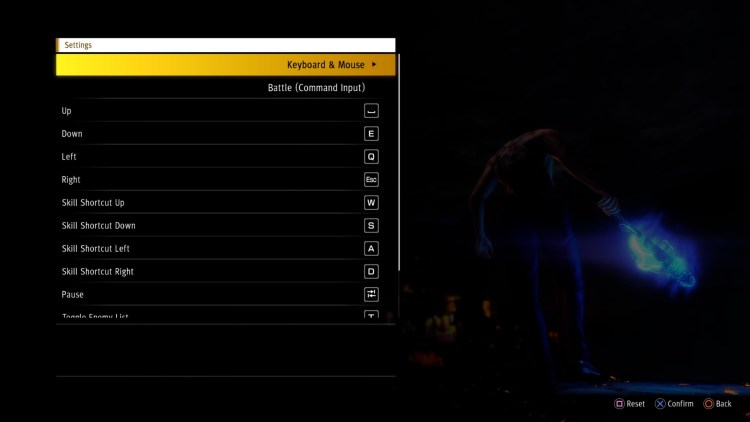
For clarification, those are command wheel directions, not movement directions. It’s not that awful.
The right-hand option in combat, for instance, is bound to Escape. Initially, this sort of makes sense because that’s the Guard option in the main combat menu, so it’s a bit like passing a turn. Then you remember this game has timed blocking, so you need to tap that button every time an enemy attacks. And that multiple other options may also be on the “right” of the command wheel. Not only that, but you can pause in combat, which would make more sense as the Escape key. Plus you have an entire keyboard full of other buttons.
One other thing of note is that this, like every other Yakuza game, has QTEs in combat. Certain attacks require you to either tap Triangle at the correct time or mash Square (on a PS4 controller, at least) to increase damage. These can be disabled in the Gameplay menu, seemingly without detriment. However, it does also have a Mario RPG-style timed block system, where tapping the guard button just before an incoming attack connects significantly lowers the damage and generally prevents status effects. That, as far as I know, cannot be disabled.
Performance
Performance is actually a bit of a weird one in Yakuza: Like a Dragon. As noted above, I’m running it at 1440p and I didn’t hit any framerate snags. Even with Chrome open and running 800 tabs (don’t judge me) I don’t think I ever saw it drop below 60 fps.
For the most part, with everything cranked up to full, except for motion blur which is the devil, the game was stable at around 65-70 fps. It rose to 90 fps in quieter scenes and for the in-engine cutscenes. Actual cutscenes appear to be pre-recorded at 30 fps though, so no dice there. Dropping everything to the absolute lowest graphical settings led to an increase of about 20 fps. This is a lot less than I expected for reasons you’ll see in the comparisons below.
This does make me wonder about the actual scalability of the game, though “minimum specs” might well be for getting 30 fps on the lowest settings at 1080p. Any optimization for higher specs may have been potentially targeted at 1080p60. As such, Yakuza: Like a Dragon might be one of those games where getting 100+ fps at a ludicrous resolution is a bonus of overpowered hardware rather than a target. Either way, particular options had less of an impact than I thought — raising the FOV by a large amount made an imperceptible difference, for instance. But frankly, if it’s not dropping below 60 fps, I’m not likely to mind.
(By way of anecdotal comparison: our editor, Cam, averaged around 90 fps at 1440p on a 2080 Super. Take that as you will.)
There are two final things I want to note. First is that our Cam reported some issues he tracked down to multisampling, with surfaces reflecting things oddly. That may have since been fixed. Second is that I hit some animation glitchiness early on with higher framerates, as though animations were “fixed” at 60 fps even though the game wasn’t. That said, I haven’t noticed this at all the past few days, so that may well have been resolved.
Audio
I’ll be brief here, but Yakuza: Like a Dragon has both an English dub and the traditional Japanese voice acting. While it feels weird playing Yakuza in English, the dub itself really isn’t half bad, and it’s buoyed by the likes of George Takei and Will Yun Lee, amongst a host of other familiar voices. What’s interesting, though, is that the English subtitles differ based on which audio you’re using. Here’s the same scene with subtitles on, but with the different voice languages enabled.
If you’re not playing in English, it’s worth noting that the subtitles for other languages apparently hew closer to the Japanese dialogue. Not all dialogue is fully dubbed, mind: ambient civilian chatter and most enemy combat barks are always in Japanese. But pretty much every line from the main cast or every cutscene that’s voiced (even sub-story ones with minor, one-off characters) have full English voices. I’m not 100% sure if the lip-syncing has been changed or not, but I suspect so — if only because the English voices match the mouth movements almost perfectly.
Personally, I’d probably say Japanese is the way to go if you’re a Yakuza purist, but I’ve been thoroughly enjoying watching cutscenes again in the different languages and seeing (and hearing) the differences. It’s mostly minor stuff and I largely prefer protagonist Ichiban’s Japanese voice, but both casts are strong, and George Takei is as excellent as you’d expect.
Comparisons
Finally, comparisons. I wasn’t kidding when I said that the impact the graphical options have is astronomical. Take a look at this.
Yes, okay, that looks like Resident Evil 1 running on a PSP. There’s a reason for this, and it’s because the Lowest preset doesn’t just drop the base graphical settings. It also lowers the render scaling, which effectively means that the game is “running” at a lower resolution and is then blowing that up to match the resolution you selected. In this instance, the render scaling was set to 50%, which (if I can do maths tonight) means that it was effectively running the game at 1280×720 and then blowing up to display at 2560×1440.
Personally, when comparing highest/lowest settings, I consider render scaling to be cheating a bit. Hilarious, but cheating. Also, Lowest doesn’t actually put things on the bare minimum: it sets the render scaling to 75% and texture filtering to 2x, which means you can go lower than Lowest.
For the sake of specifics, the highest screenshots here have everything turned up to full except motion blur (which is off), and the lowest have render scaling at 100% and texture filtering at 2x, but everything else at bare minimums.
In short, you don’t really want to be playing Yakuza: Like a Dragon on its lowest settings, but it’s hardly unplayable. At highest, it’s got some really lovely effects that help sparkle it up even if it’s maybe not the shiniest engine in the world. At lowest, it looks somewhere around a low-end Xbox 360 game. And with render scaling at 50% it’s a PSP game. But with all of these, it’s still playable.
So, the technical verdict? Get yourself a gamepad, and ideally a machine that isn’t reliant on you touching the render scaling options. If you can do that, it’s almost certainly the single best way of playing Yakuza: Like a Dragon.

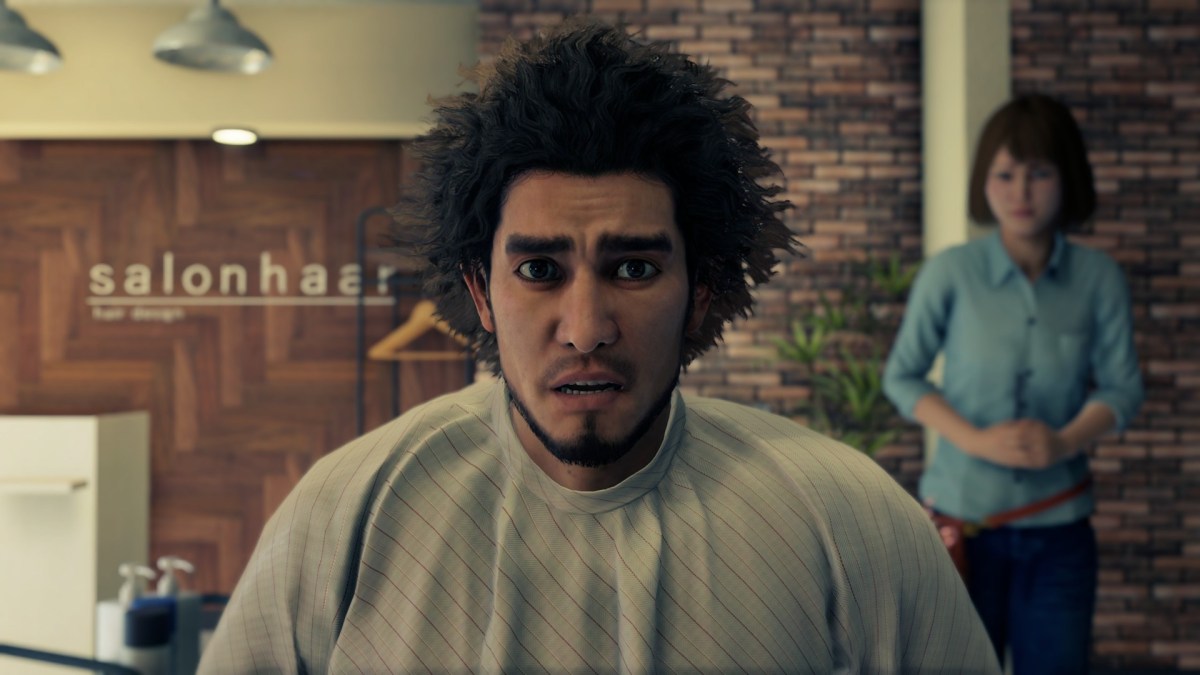

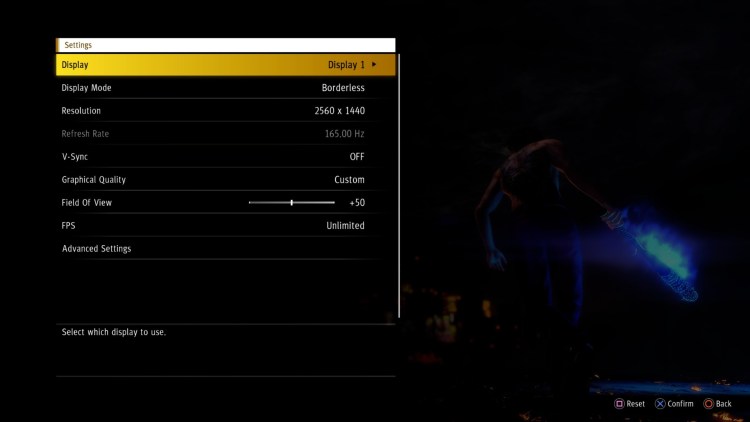
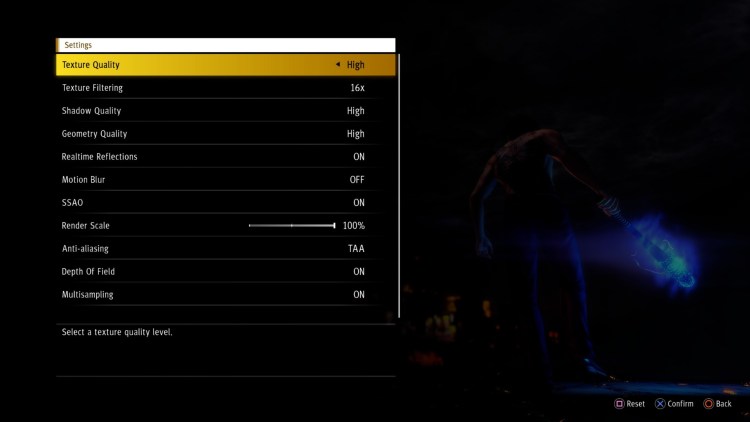
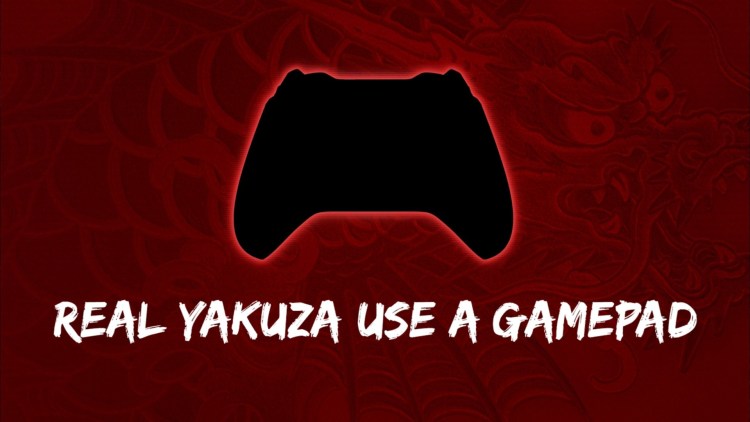
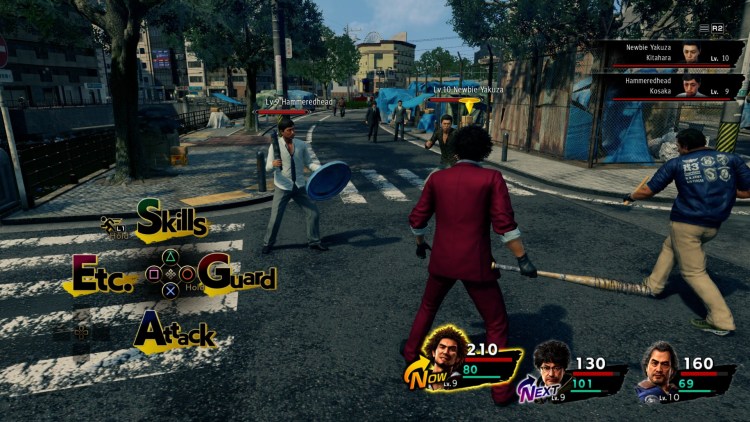
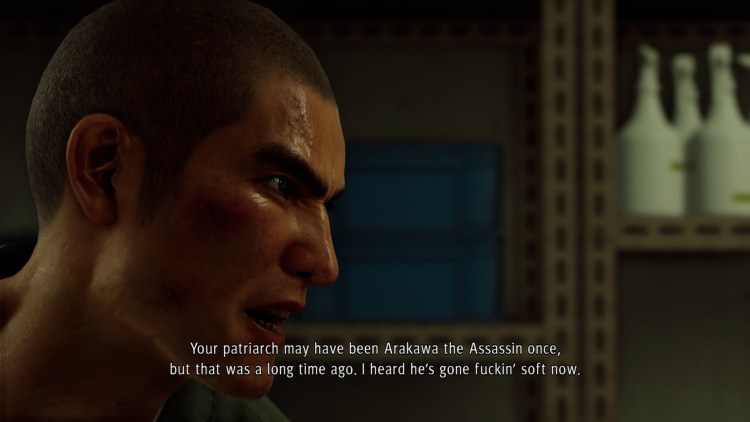
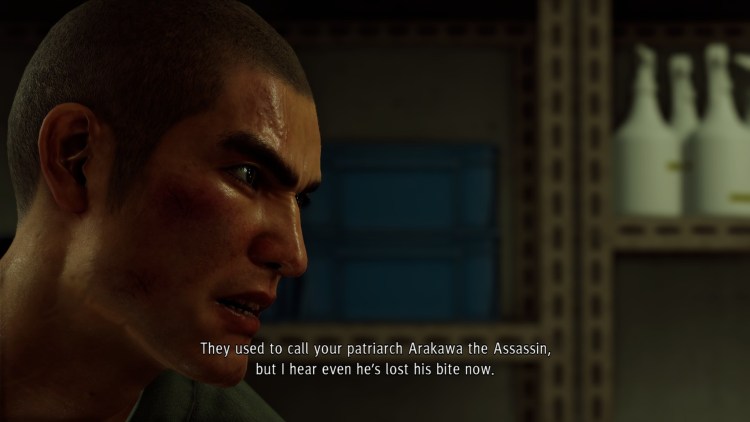
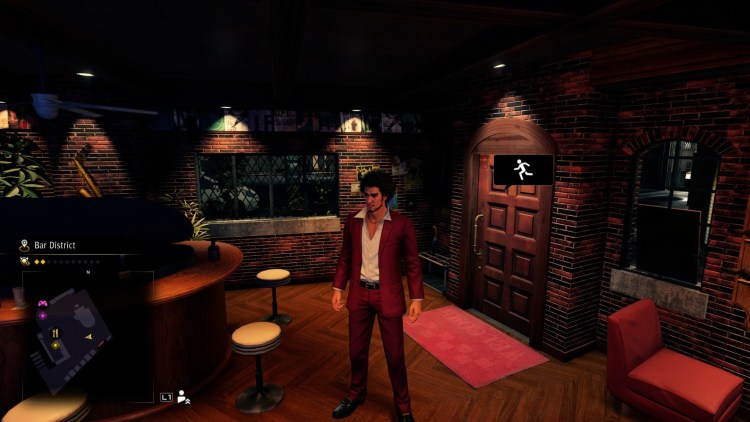
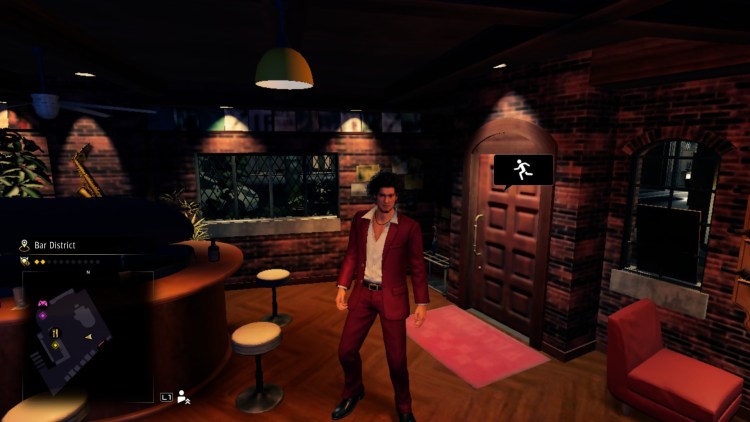
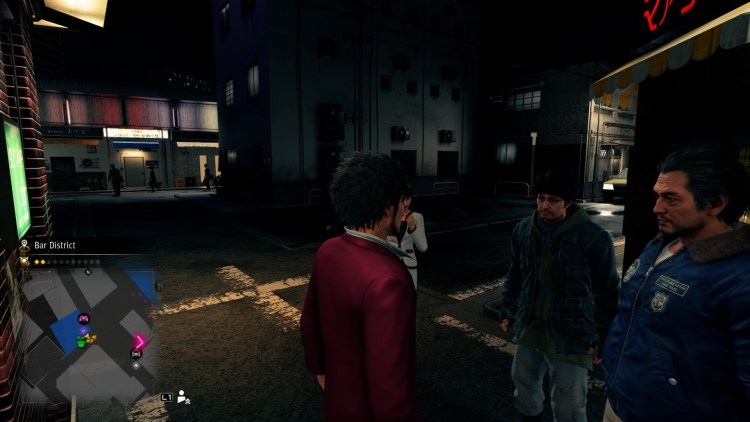
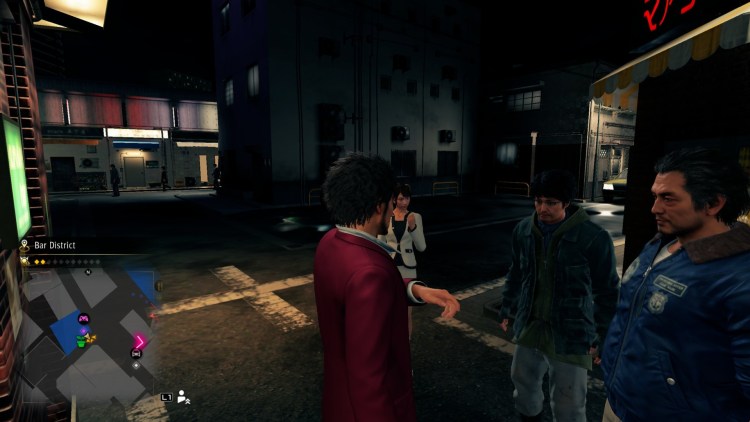
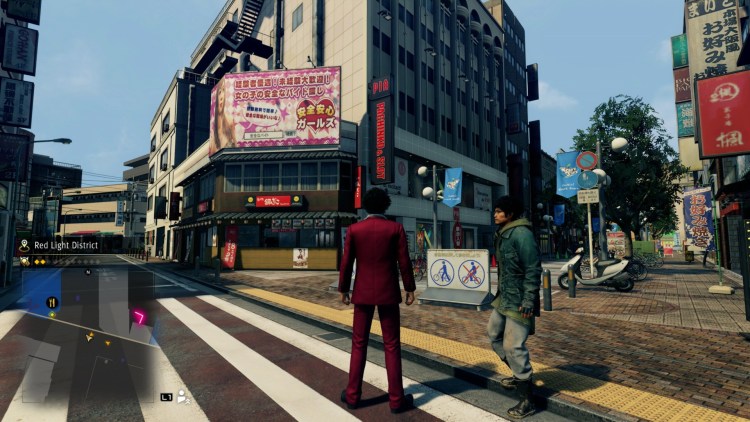
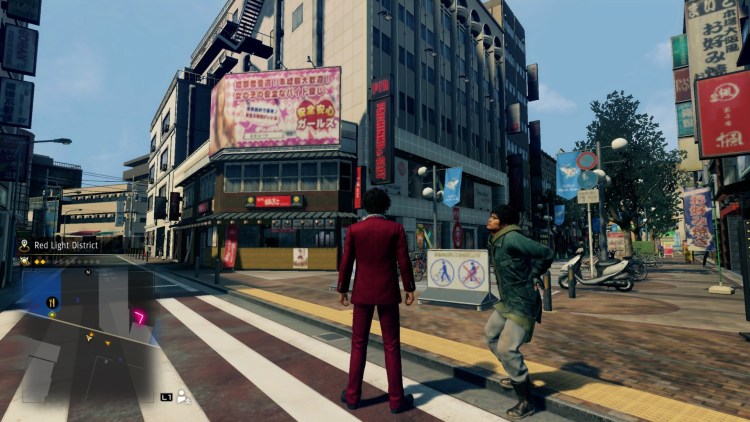
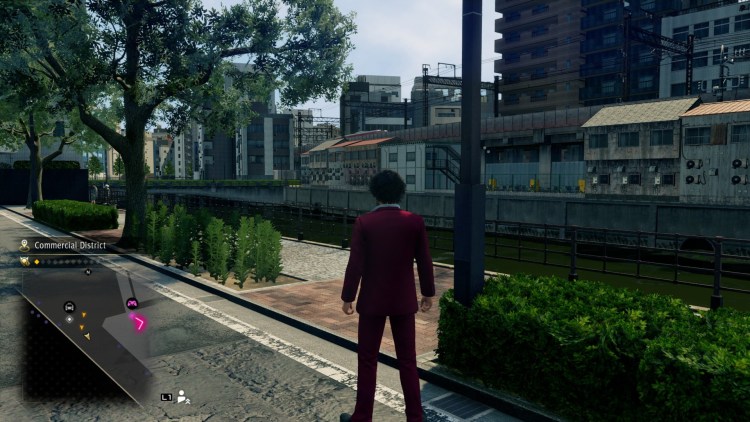
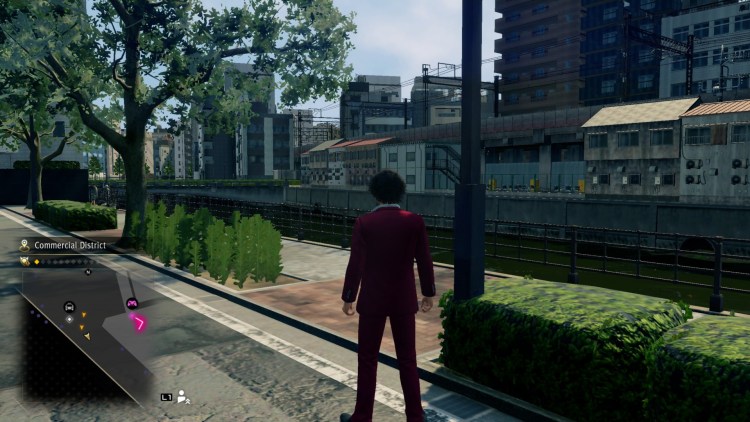
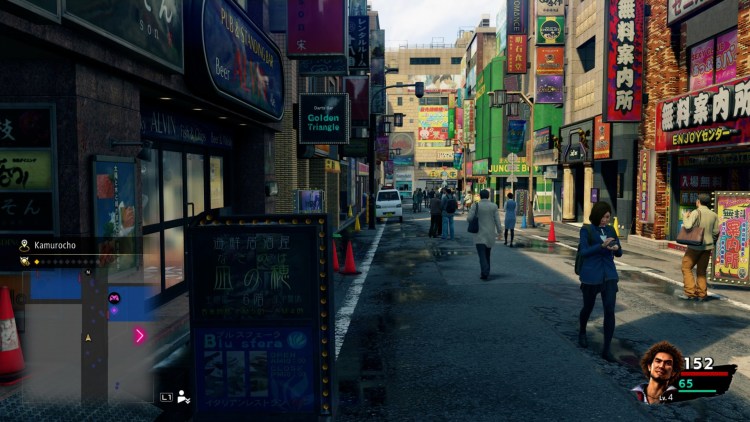
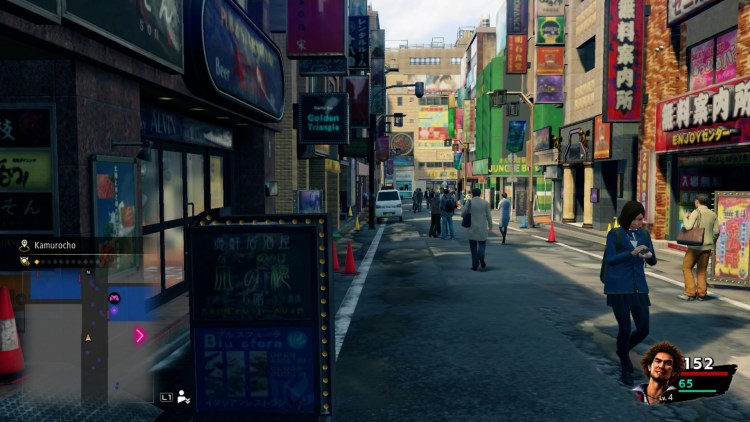
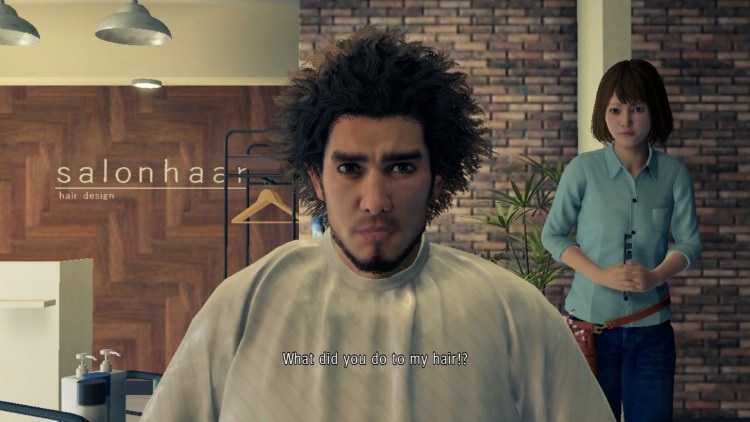





Published: Nov 10, 2020 09:00 am